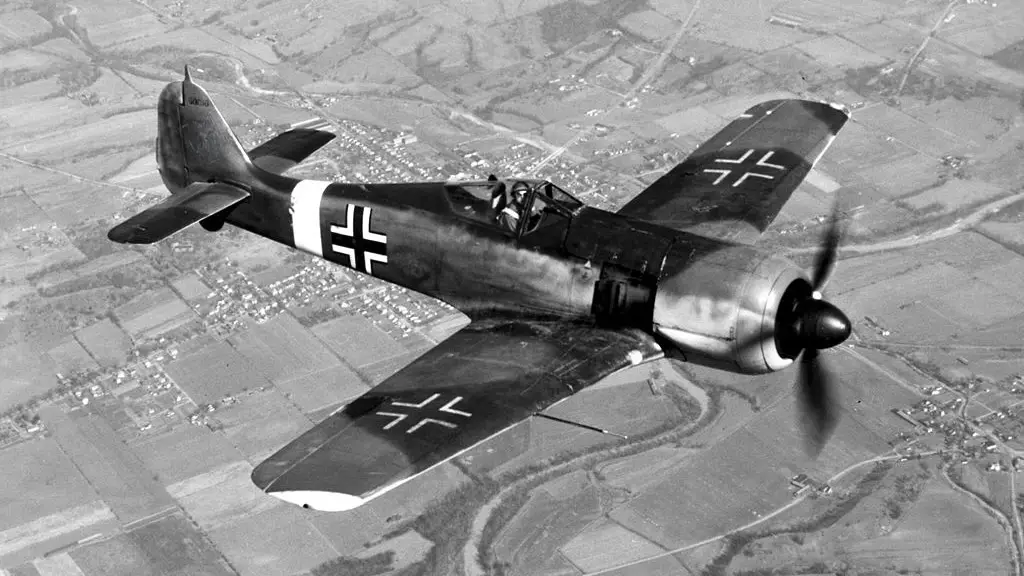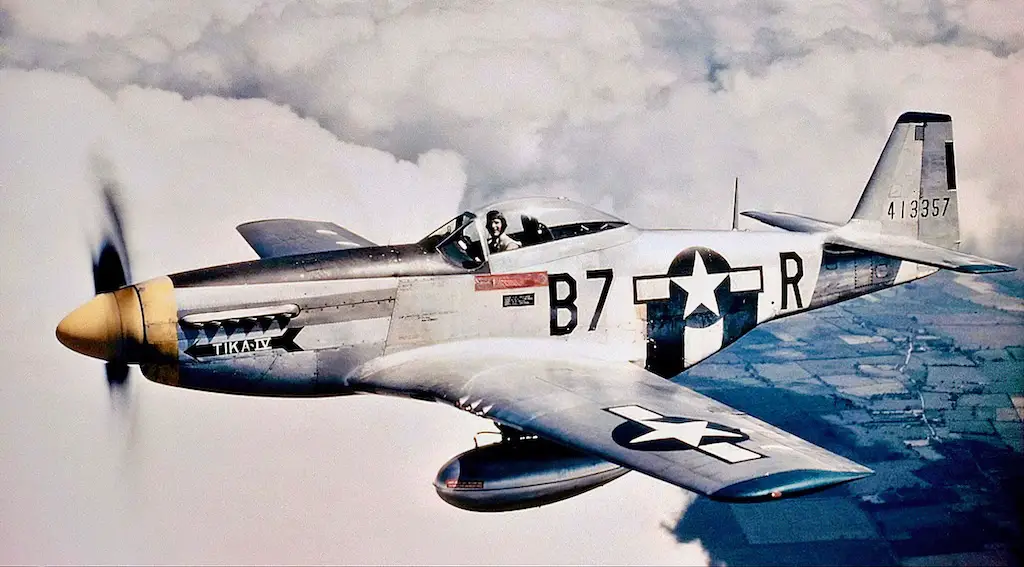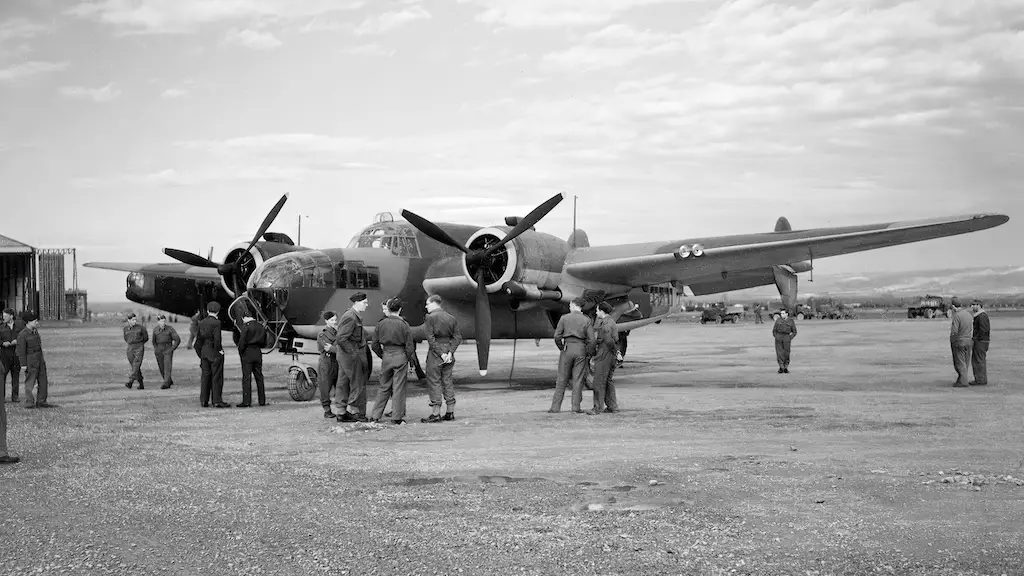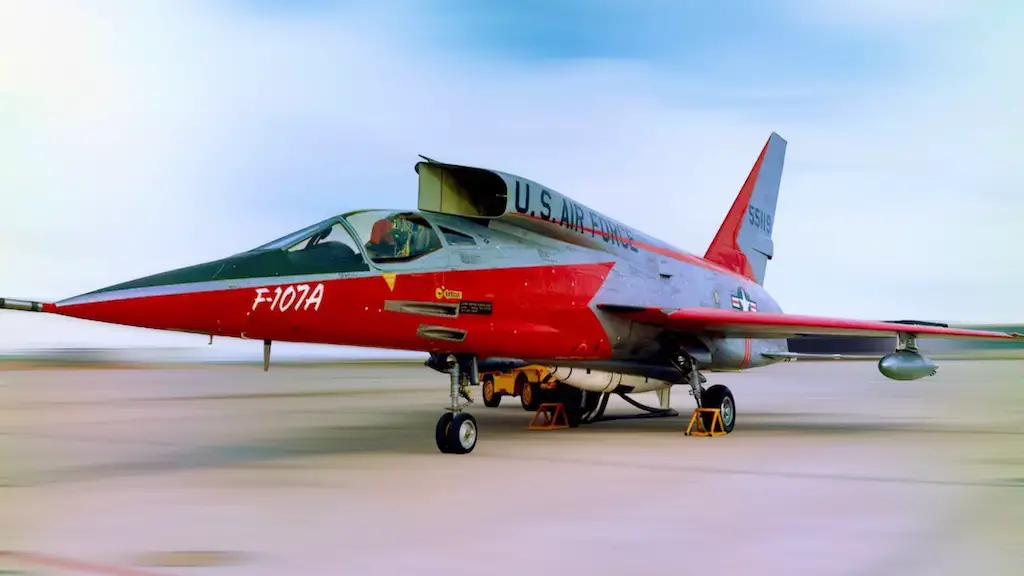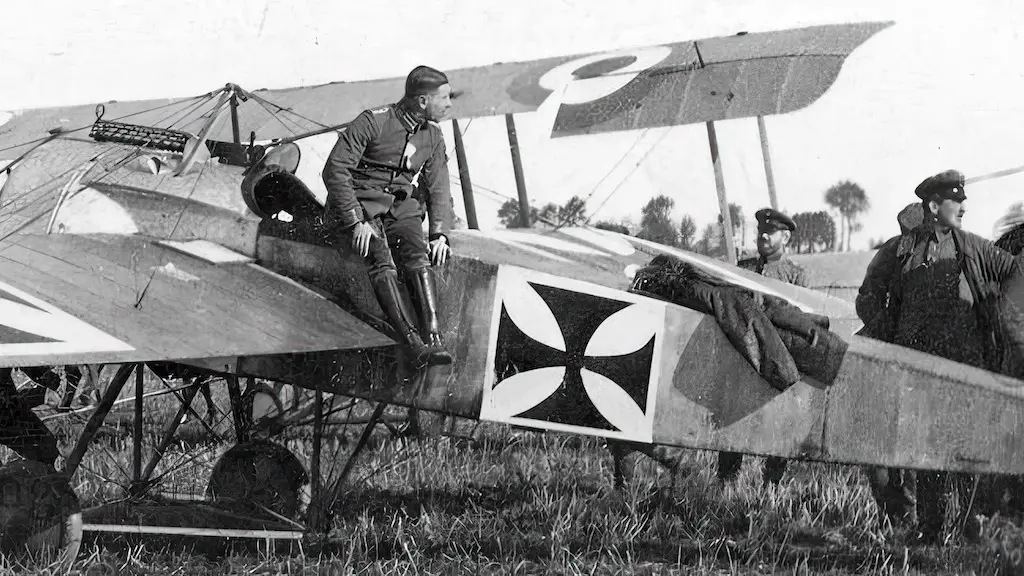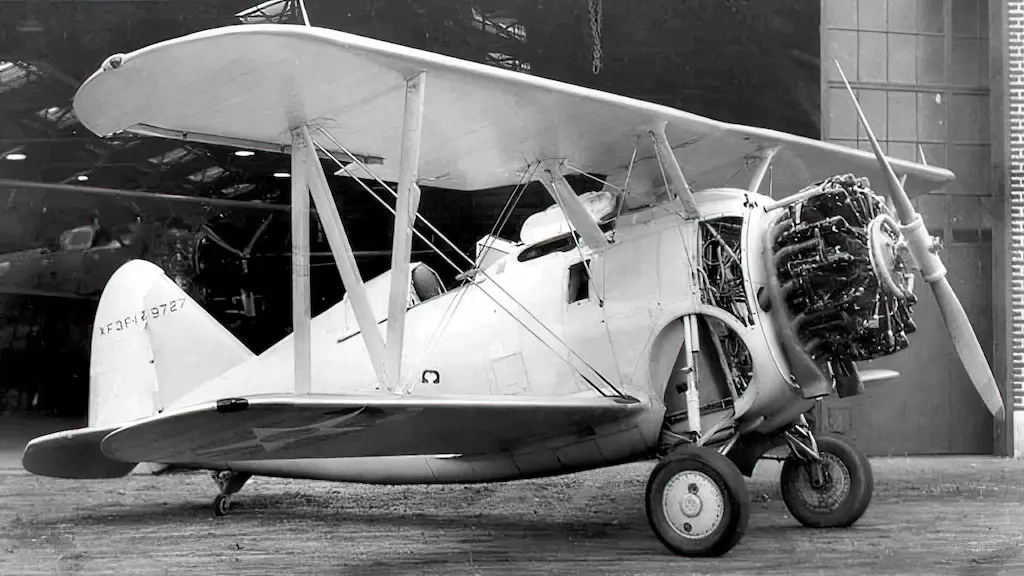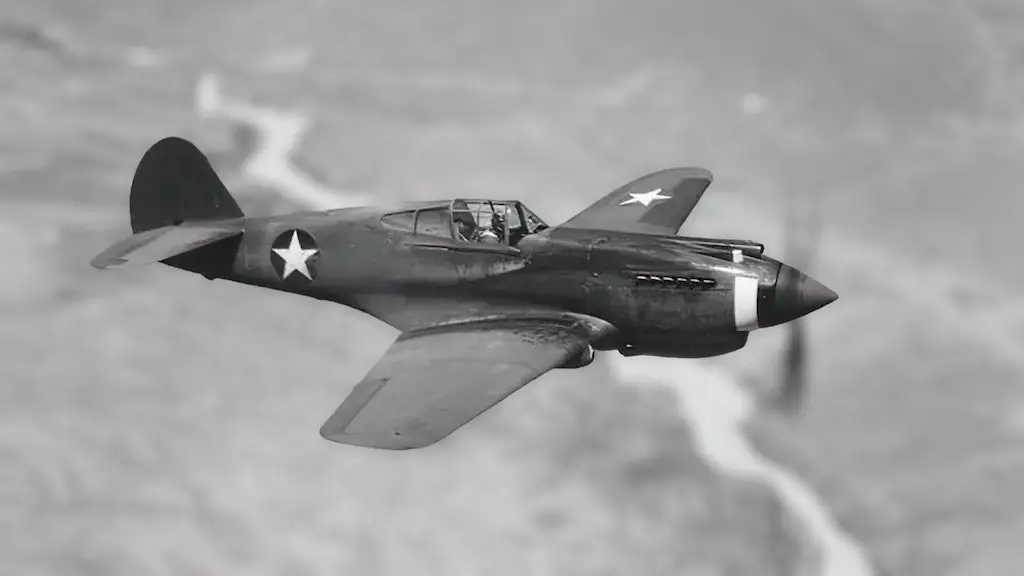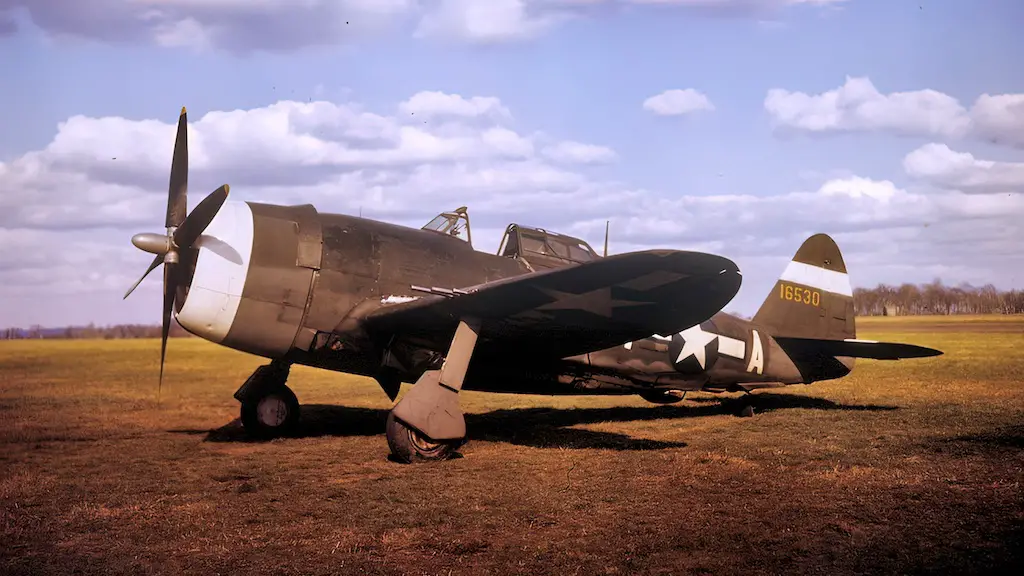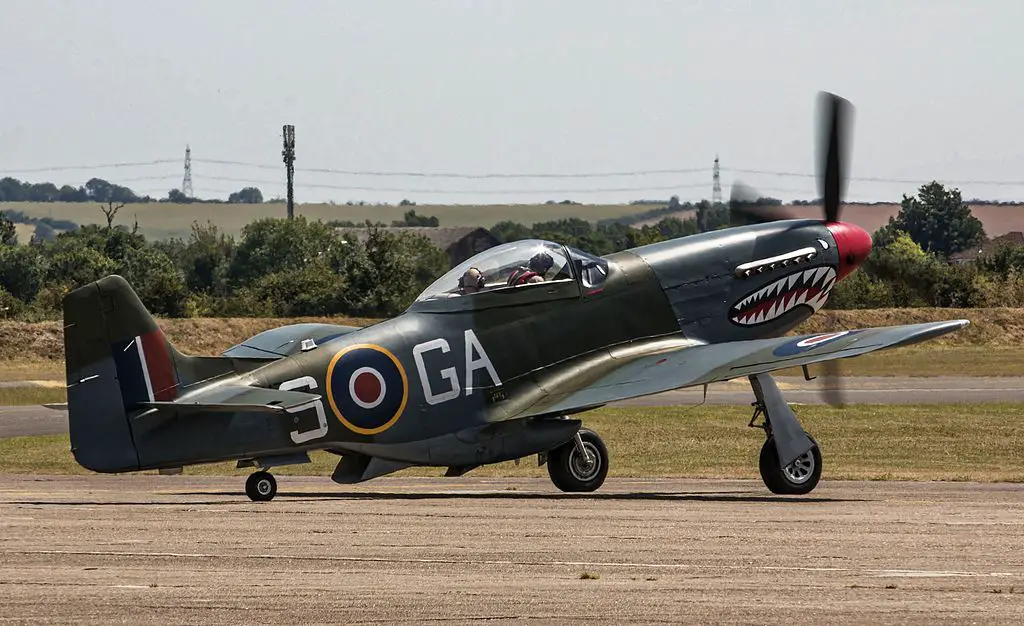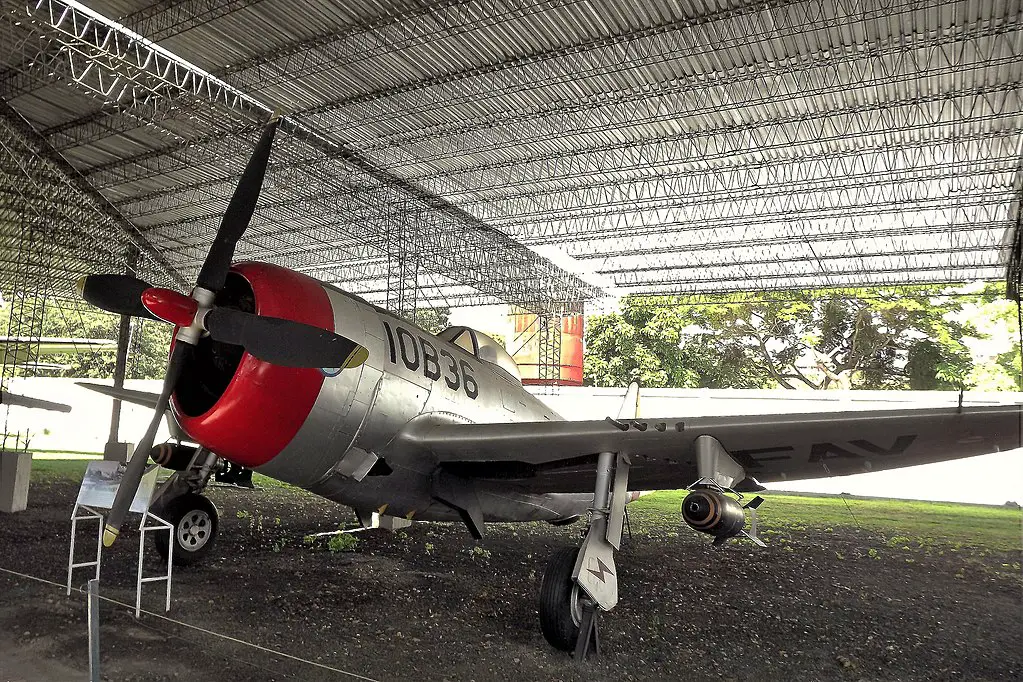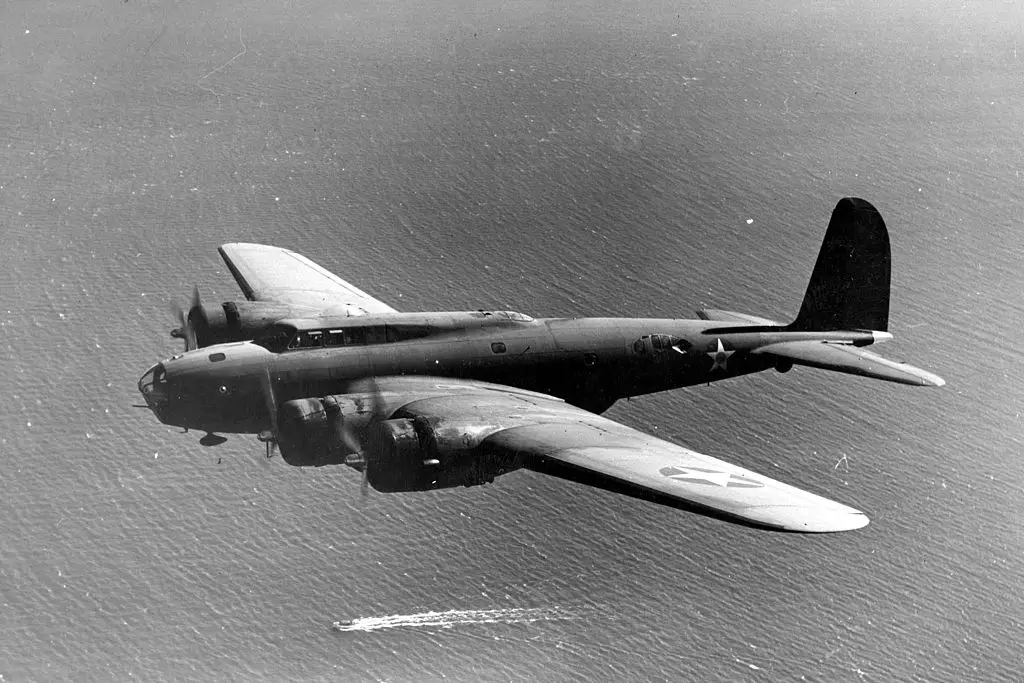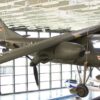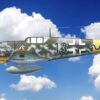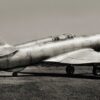Operation Argument
Operation Argument, a significant effort to completely destroy the Luftwaffe, was planned by Gen. Eaker. The bombers would be used in synchronized continuous raids by the RAF Bomber Command, the U.S. Eighth and Fifteenth Air Forces, and other allies to destroy the German aircraft industry.
Then, the fighters would shoot down the German fighters sent to protect these vital factories. Incessant bad weather, a lack of bombers, a lack of Mustangs, and – finally – Eaker’s transfer all contributed to the mission’s cancellation. Some have said that the weather was a blessing in disguise because the mission could only have been completed with sufficient long-distance escorts.
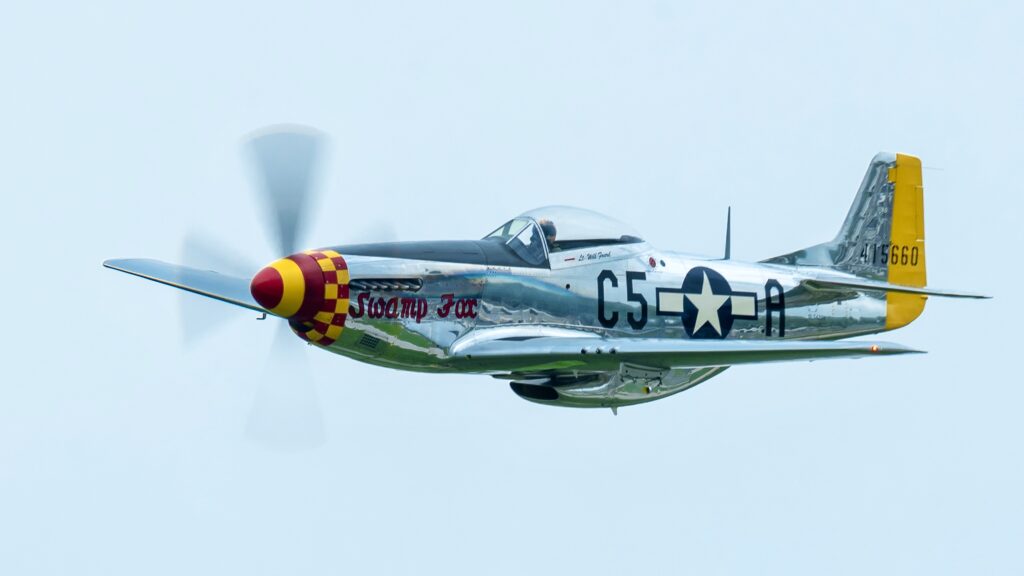
The Mission
Operation Argument, now known as Big Week, was renewed by General Doolittle and his superior, Gen. Carl “Tooey” Spaatz, U.S. Air Force Commander in Europe, not long after his arrival in Europe in January 1944. It was going to be a lengthy, intricate six-day battle all over Western Europe.
The goal remained to destroy the Luftwaffe and end the war. However, the priority was gaining air superiority in advance of the June assault of Normandy, which was a more immediate goal of the strategy.
They waited for a window of opportunity as the terrible weather continued into February. The date was chosen when the head of the Caltech meteorology department, who had been sent to England to assist the Eighth, predicted a three- to four-day weather break beginning on February 20 in the morning.
Despite the gloomy weather that the reconnaissance flights had indicated over Germany the previous evening, Spaatz said, “let ’em fly.” Big Week 2 On the morning of February 20, “Clouds, ice, and swirling snow greeted the fliers as they headed for their briefings”
Things were not off to a good start, and most aircrews thought they wouldn’t take off that day. The U.S. Air Force had assembled—more than 1,000 heavy bombers and close to 900 fighters— and was waiting for them on the tarmacs.
This did not include the Fifteenth Air Force, which was diverted to provide emergency support to Allied soldiers suffering on the beaches at Anzio, Italy, and missed the first day’s raids. The high leadership, which was adamant about moving forward, bet that the visibility over Germany would be good, and they flew as a result.
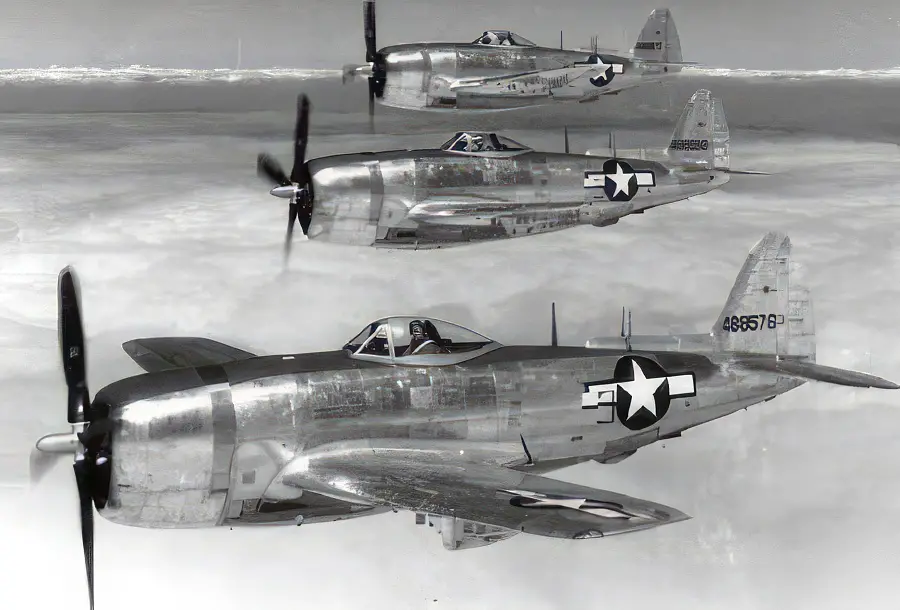
The Battle Begins
The massive fighter manufacturing assembly and component plants in Brunswick-Leipzig, just south of Berlin, were the targets for the first day of Big Week. The bombers frequently took off and formed up over southeast England in hazardous weather, only to return or be redirected when the forecasts for clear skies over their targets turned out to be false.
Even though February 20th had a similar feel that morning, this time would be unique. Just as the Caltech weatherman had said, the skies cleared as our bomber stream approached Germany and remained clear throughout the mission.
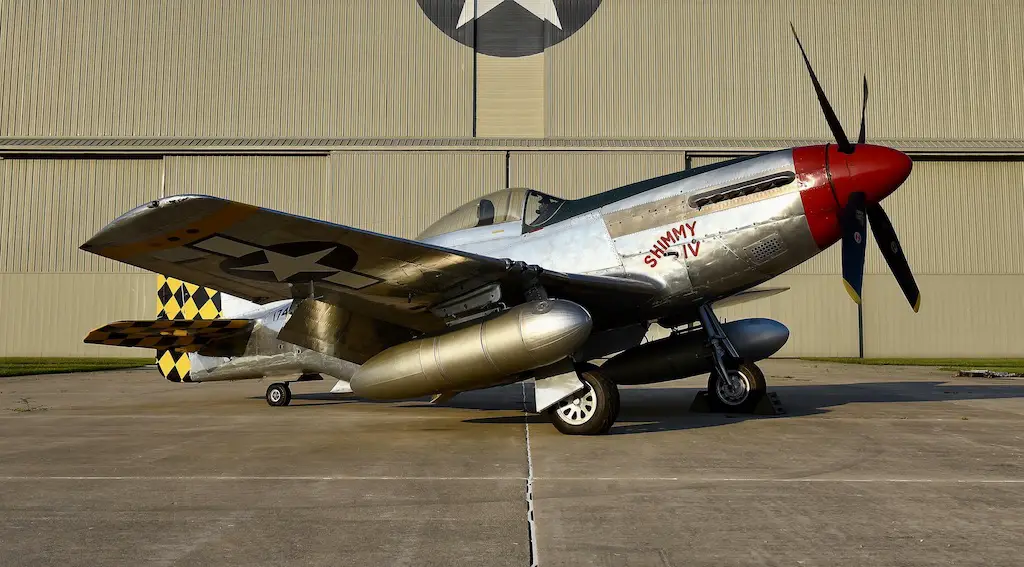
German fighter pilots were astonished to see American escorts carrying drop tanks so far into Germany as the air combat got underway. They were also shocked to see themselves suddenly being followed by Thunderbolts and Mustangs.
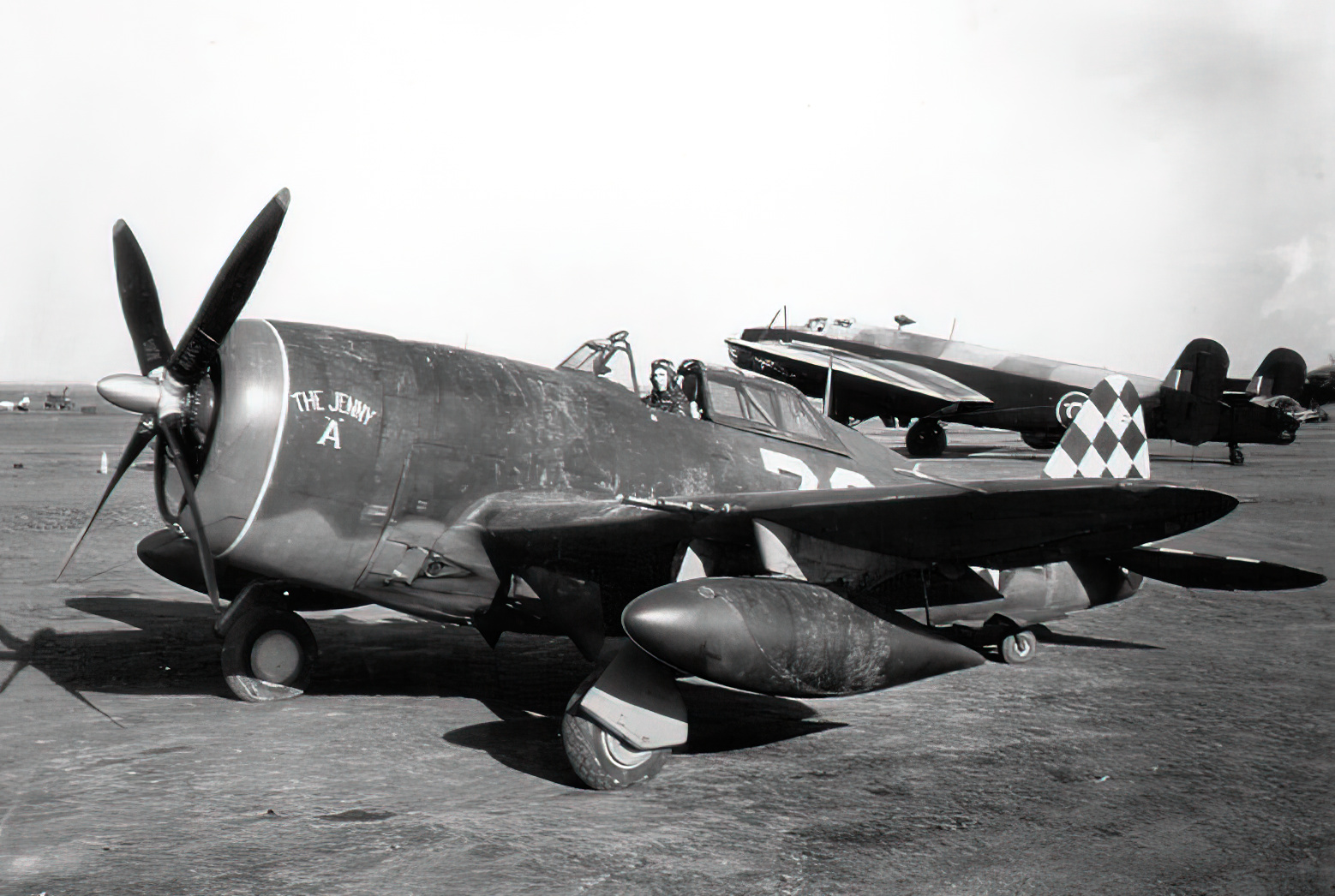
Aftermath
The American planes dropped 10,000 tons of explosives on 18 airframe and ball-bearing production facilities, while the RAF dropped even more. However, bombing efficacy was only marginally successful. German aircraft production was only delayed by two months due to this intense beating.
An unforeseen consequence of Big Week was a restructuring of German fighter plane manufacturing, which transferred accountability from Albert Speer’s armaments ministry to Hermann Goering’s inept Air Ministry. German assembly plants were unable to secure the parts they required to complete aircraft by the end of 1944.
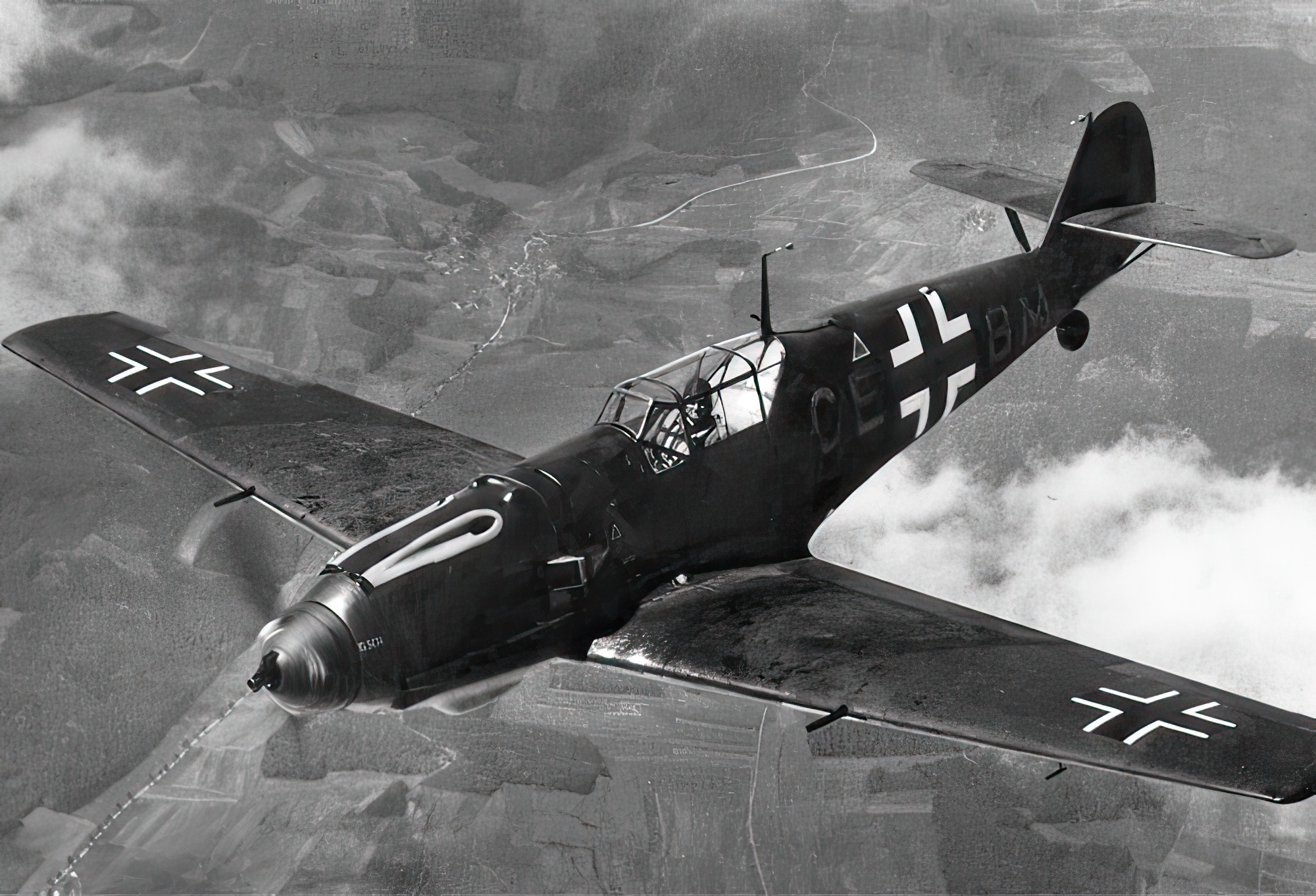
The Selfless Bravery
Hundreds of crew members have recalled terrifying flights back in planes with major parts missing or blown apart. Casimer Piatek, a B-17 tail gunner, noted one attack—by a Focke-Wulf Fw 190 fighter—in his journal following a 1943 mission to bomb German shipyards.

“The very next thing I knew I was hung to the top of the tail position and we were in a very steep dive. We dove from 23,000 feet to about 12,000 feet. I took a look at [waist gunner] Ryan and his face was one mess of blood. Then I went to the radio room and saw Gentry lying on the floor with damn near half his side blown out…. I looked out the radio hatch and saw about six feet of our horizontal stabilizer missing.”
